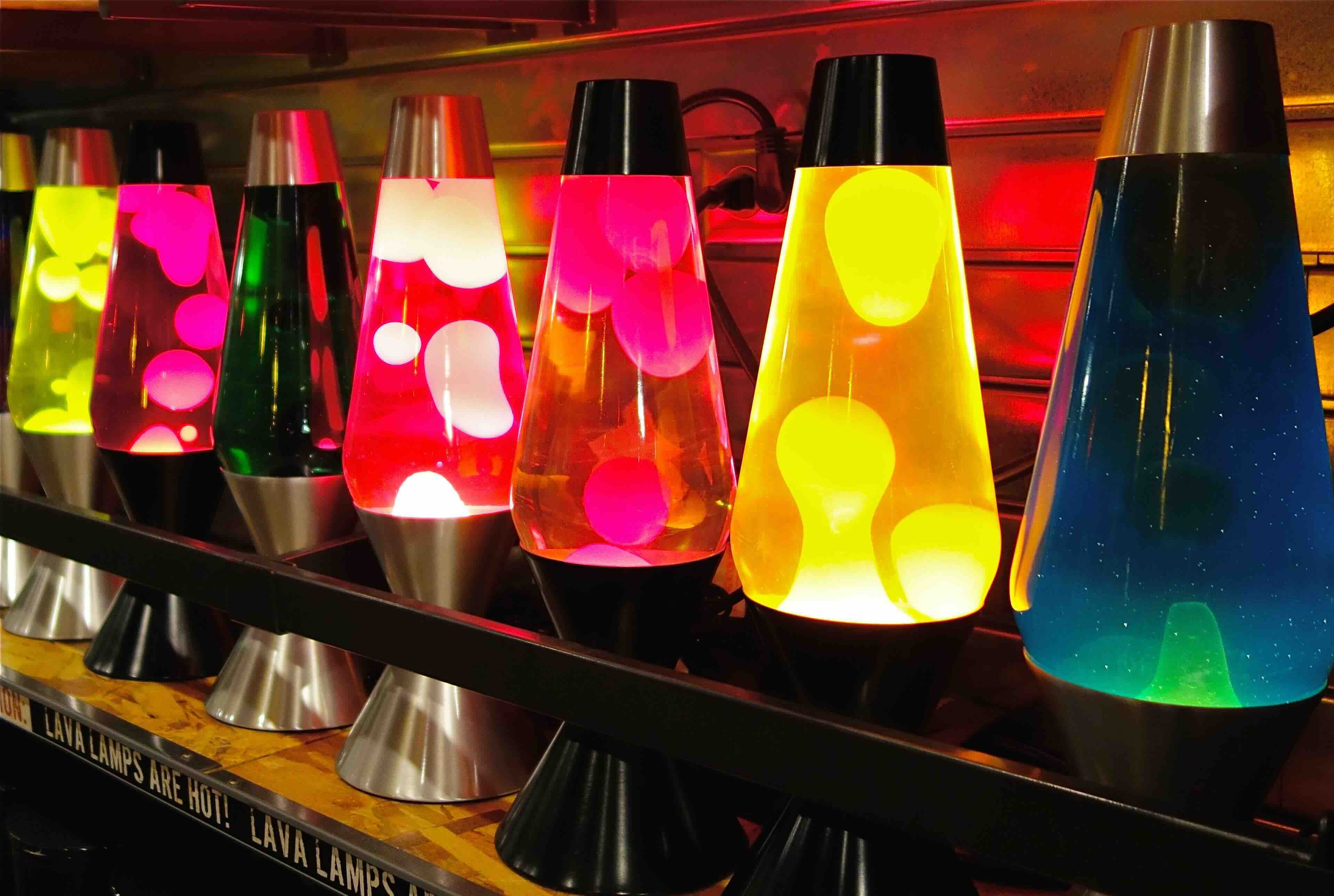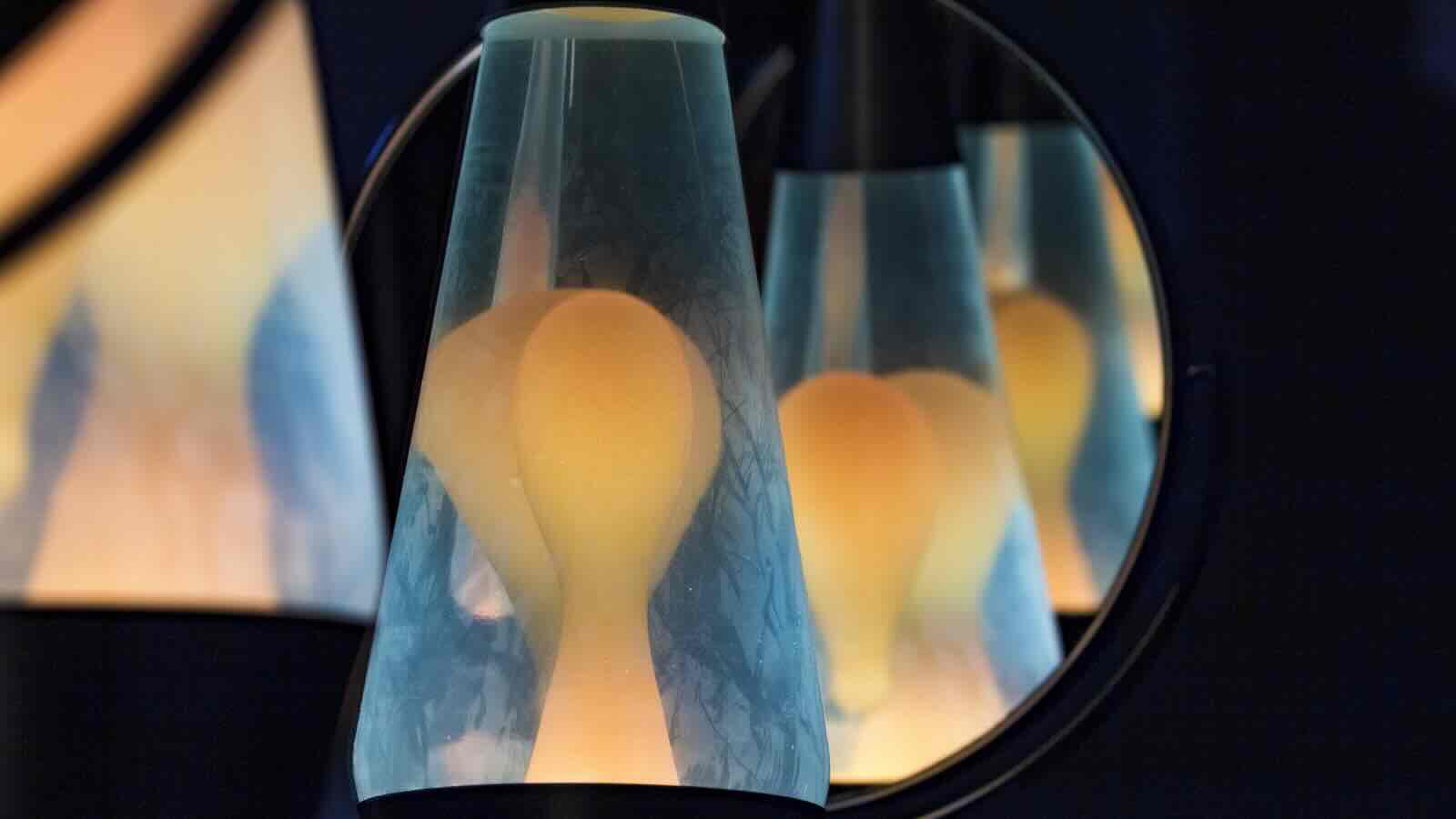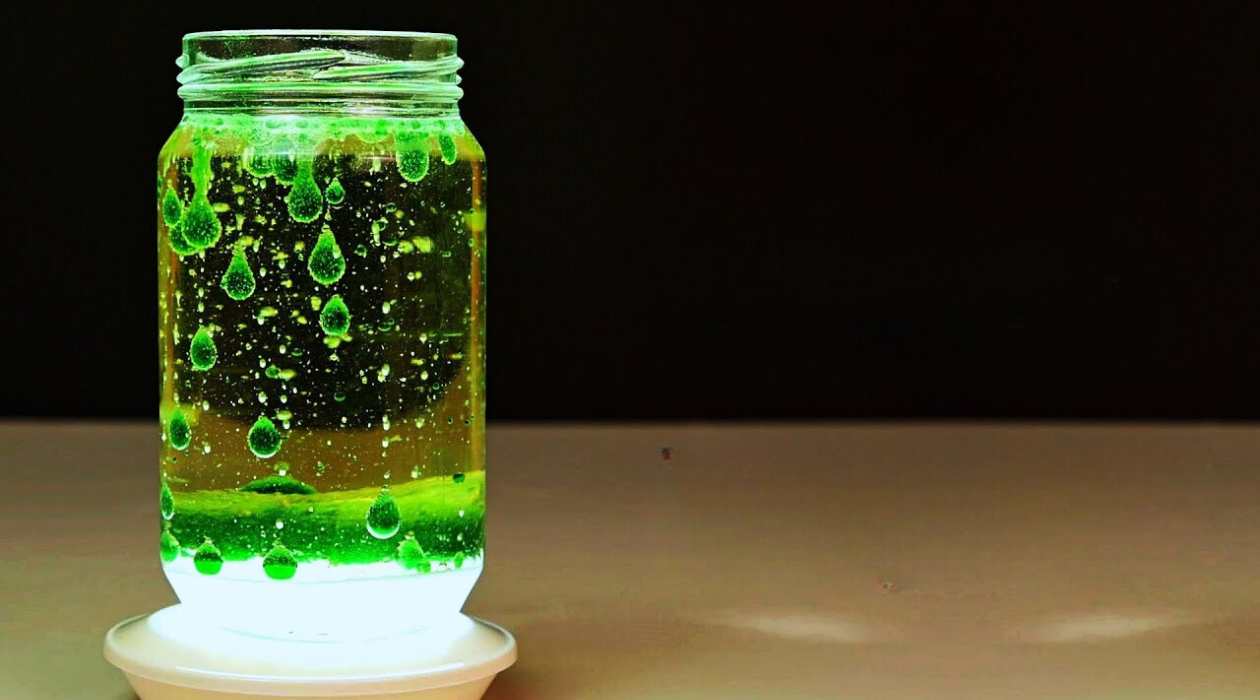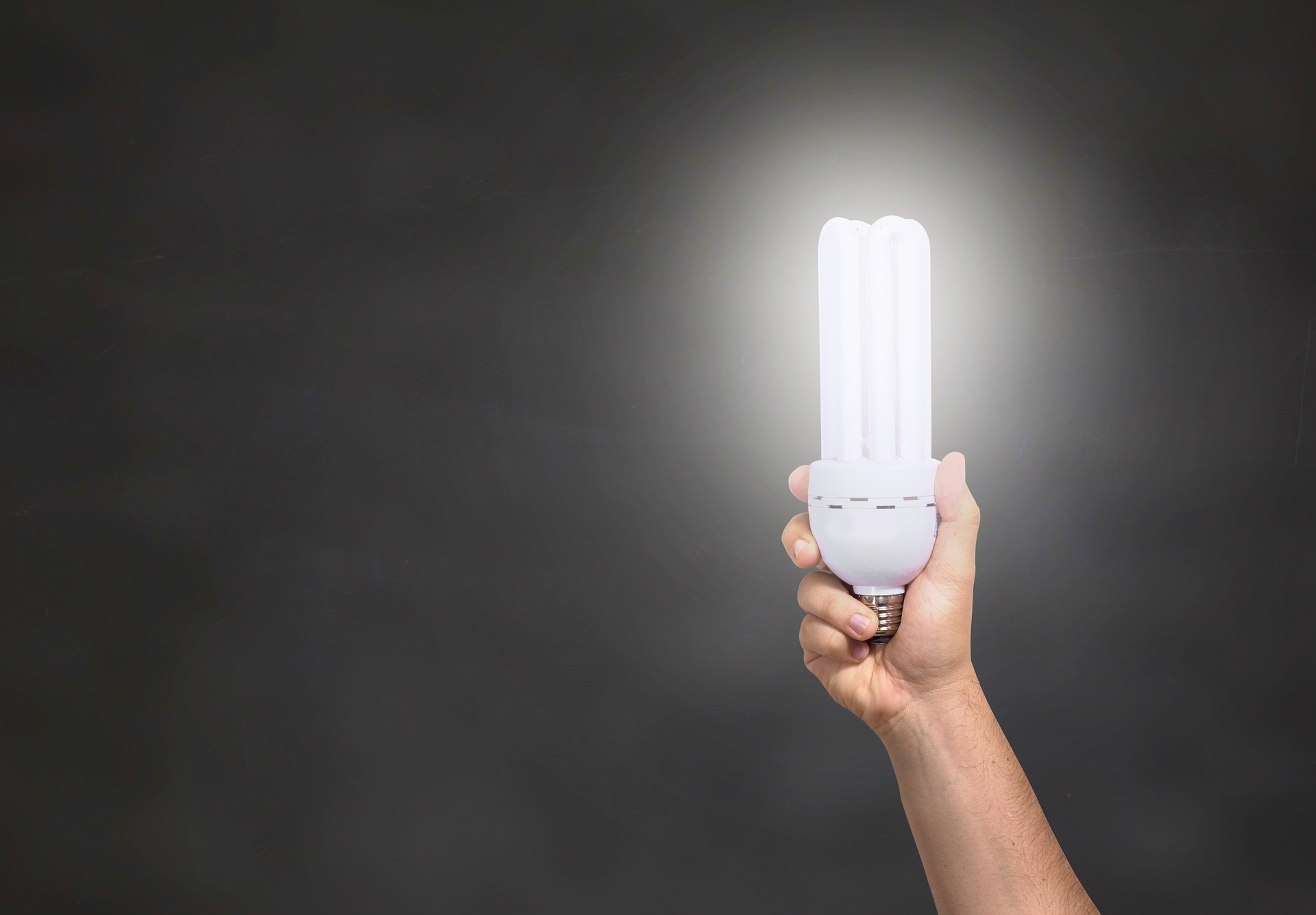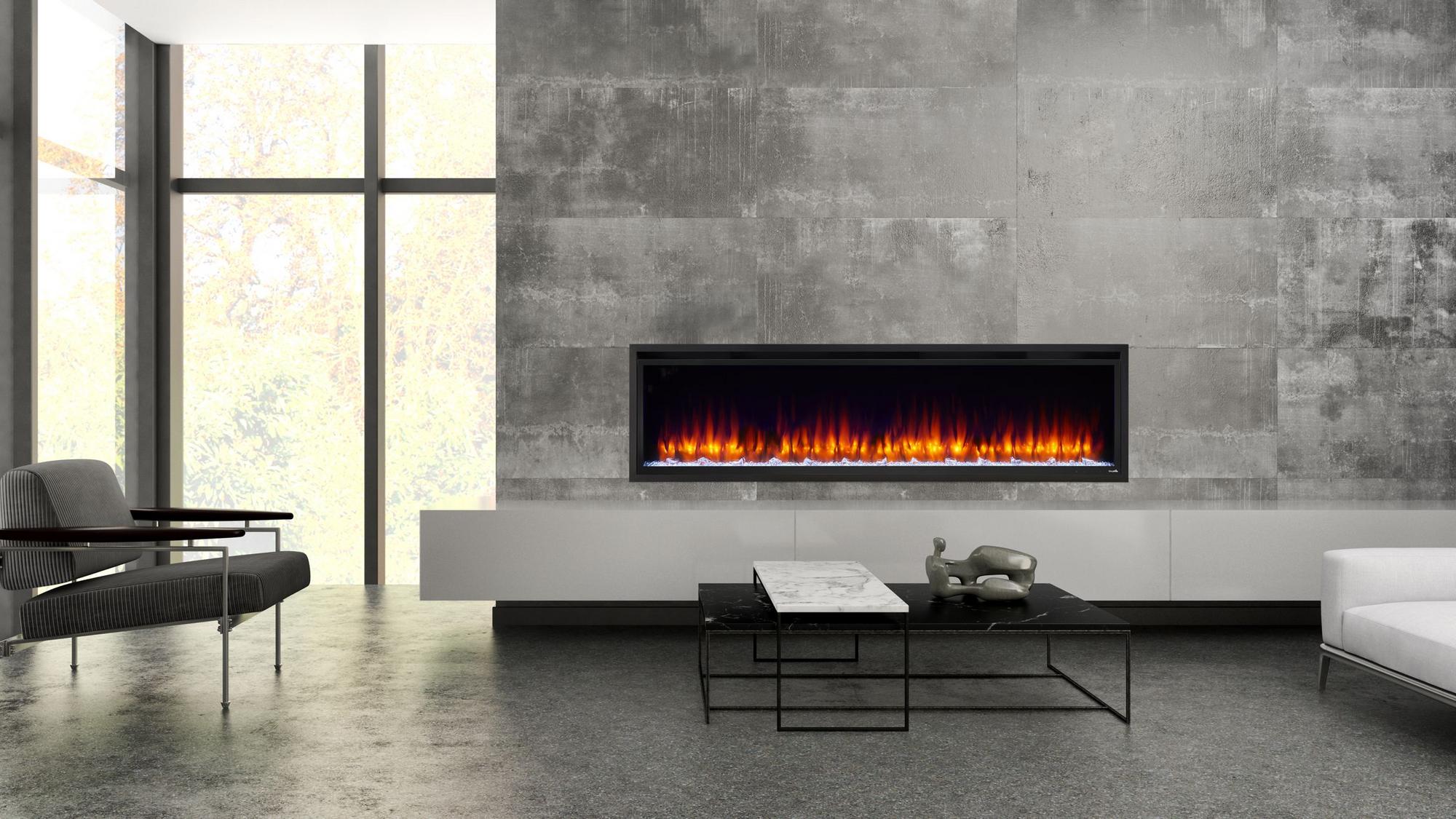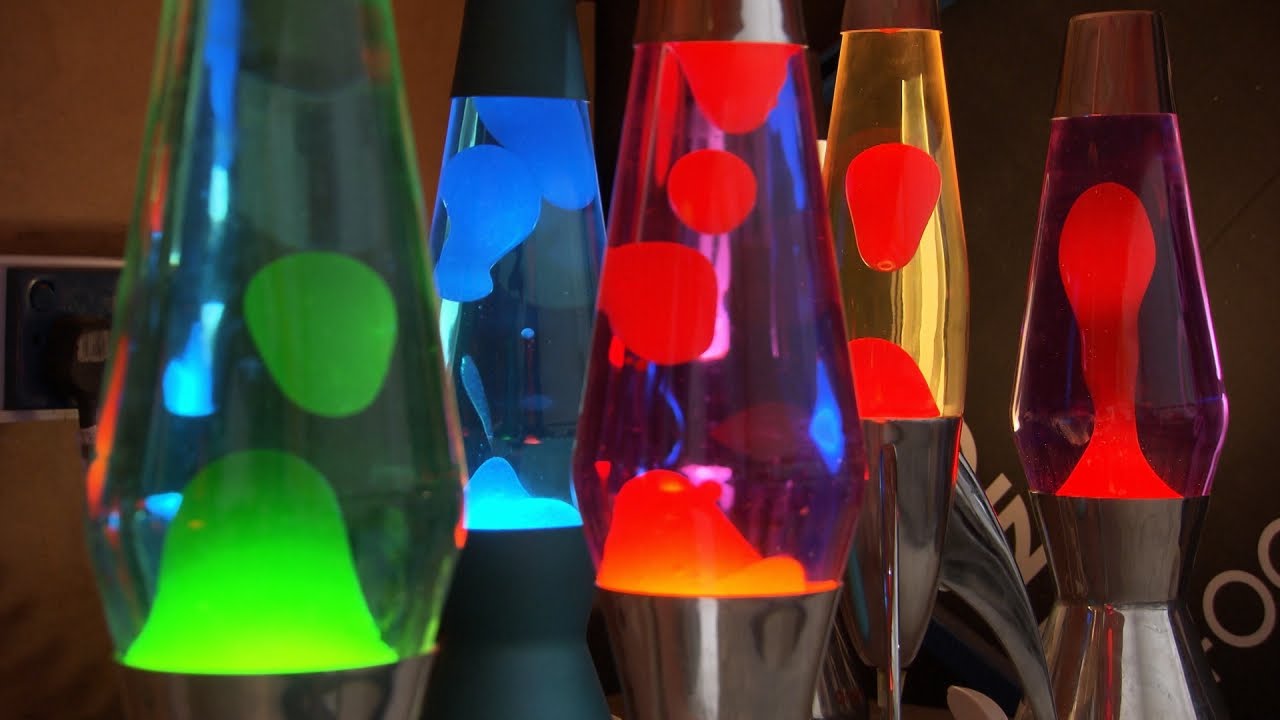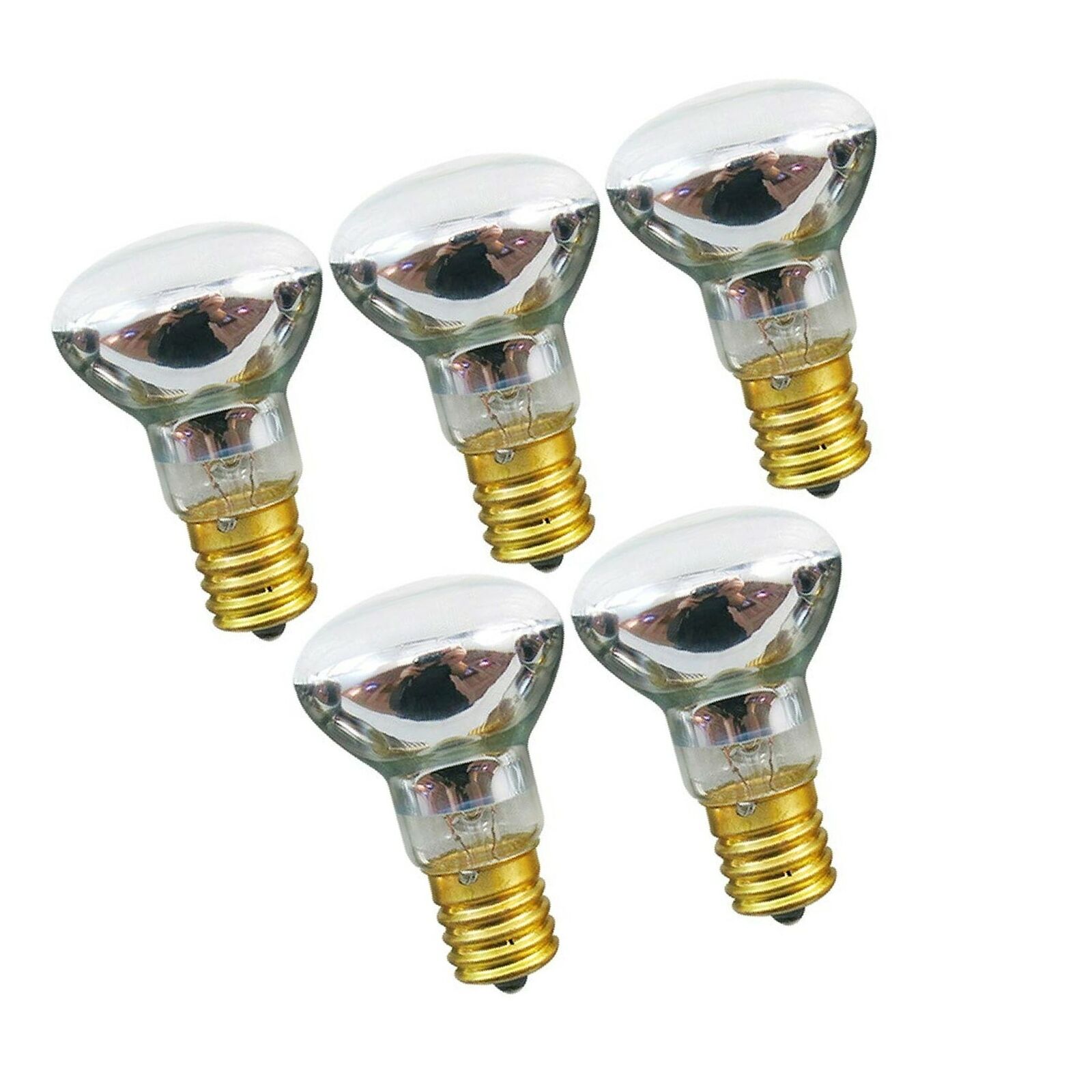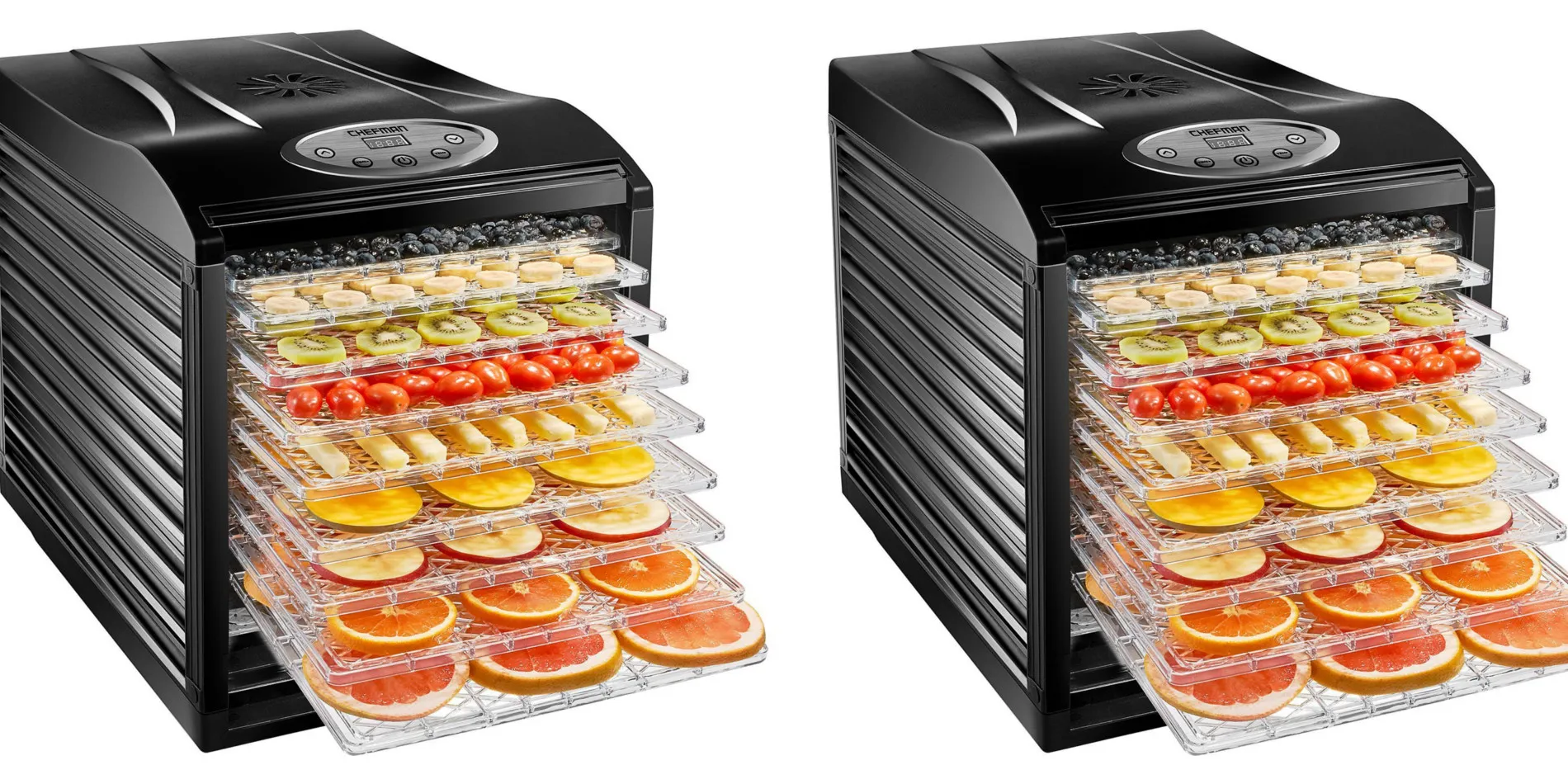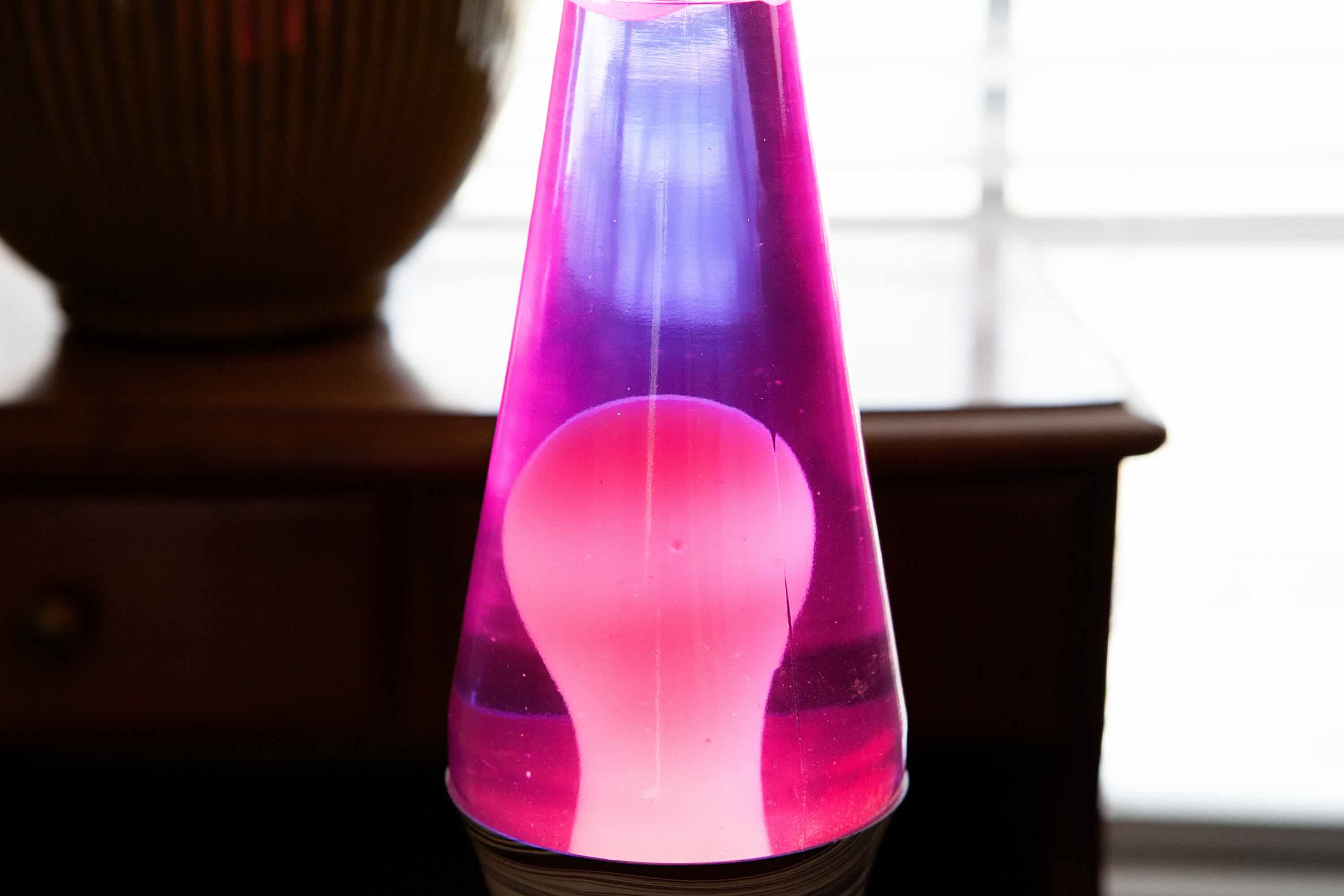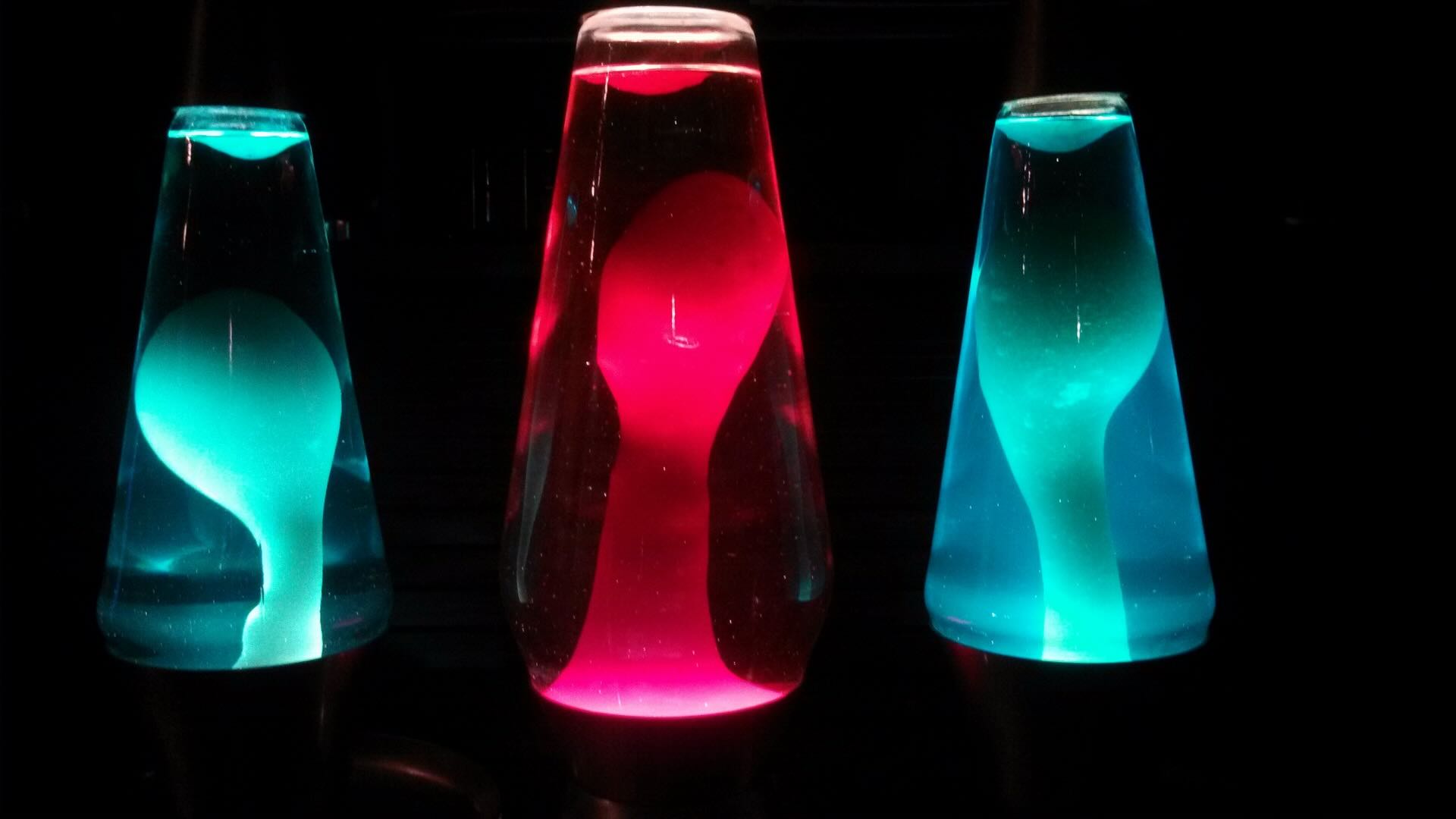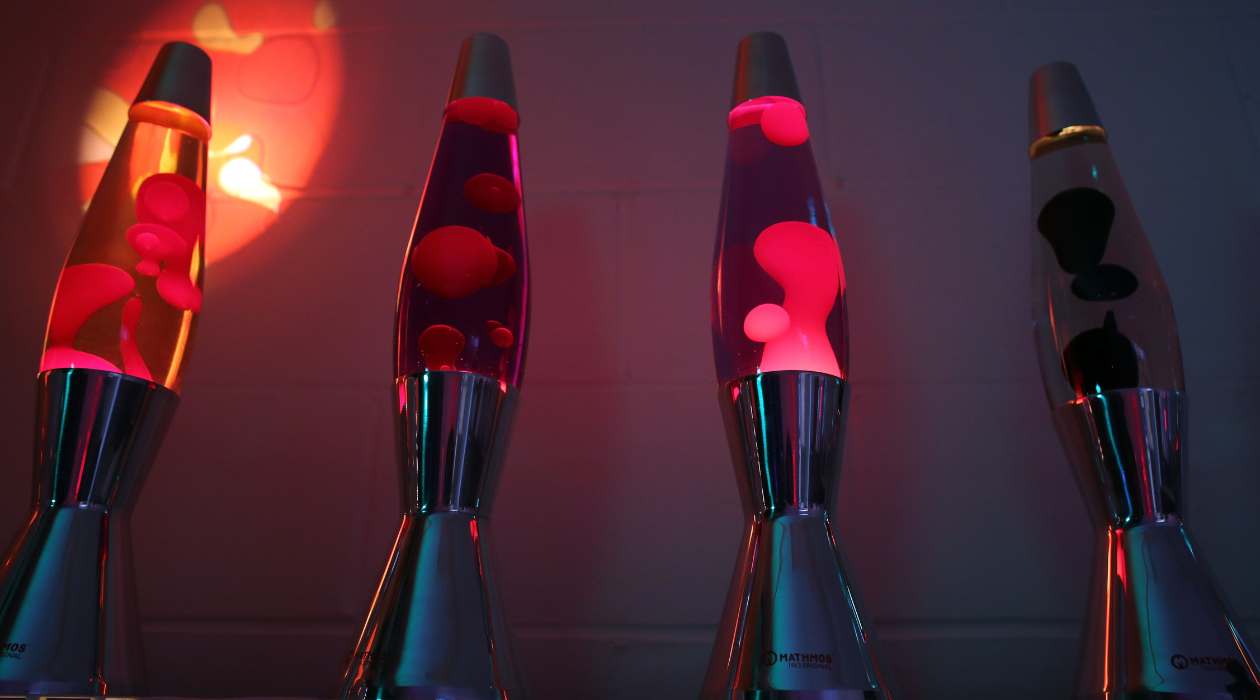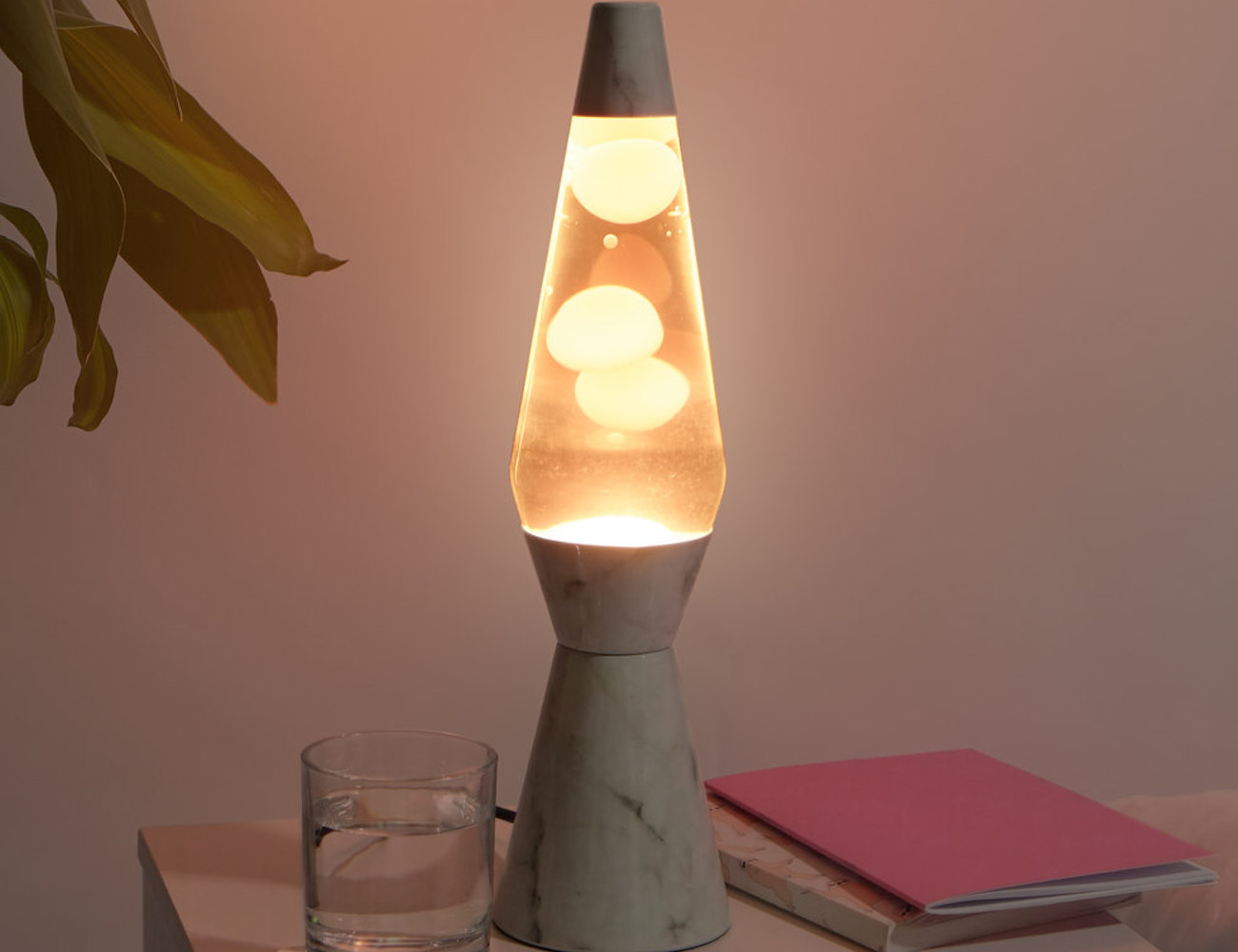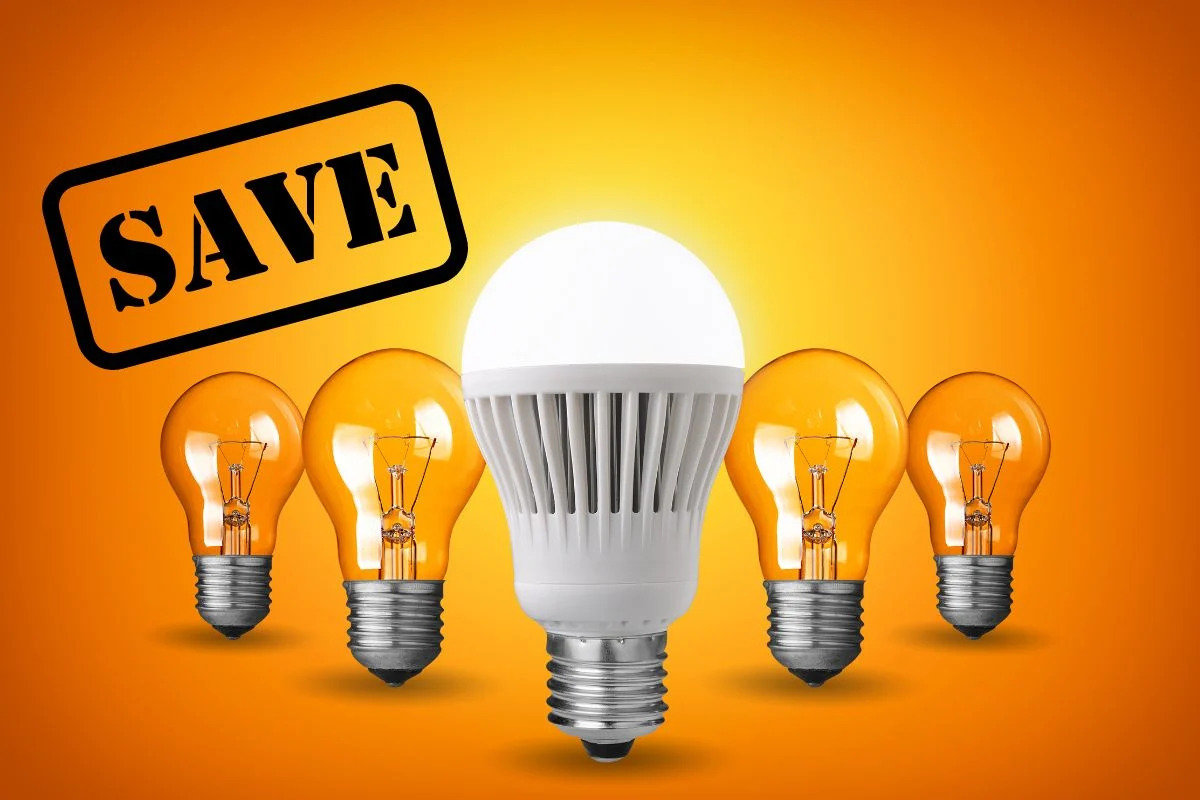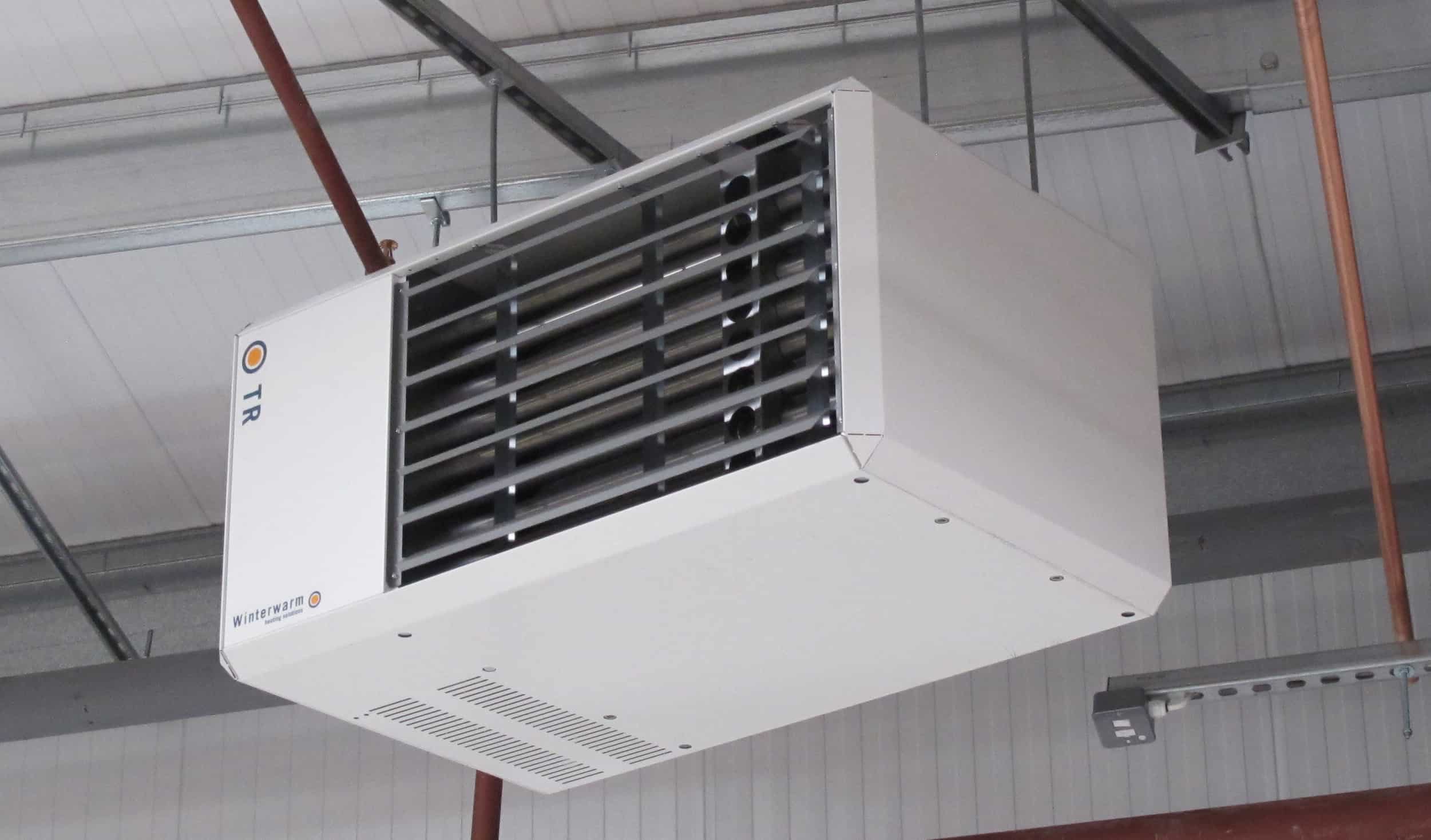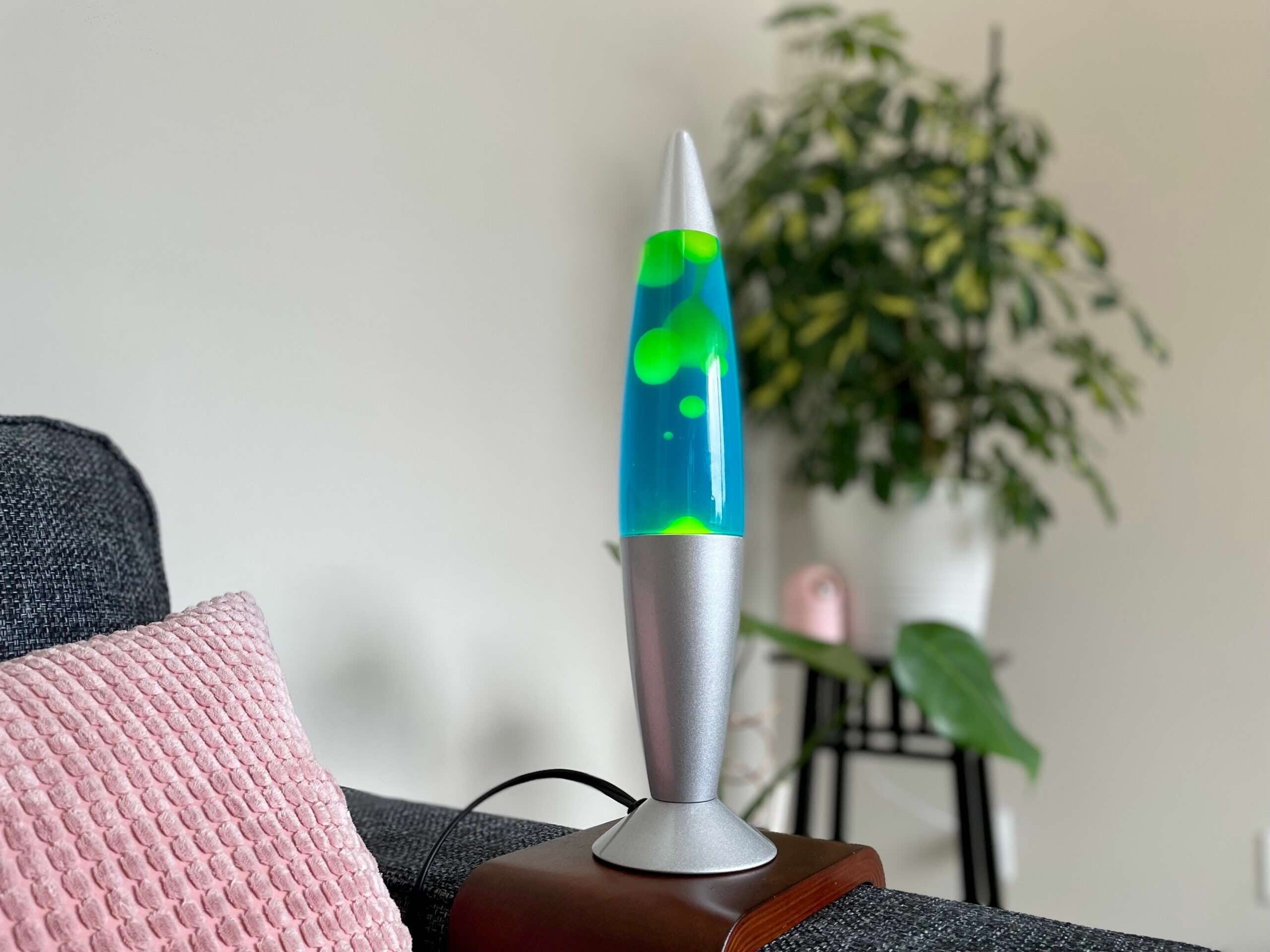

Furniture
How Much Electricity Does A Lava Lamp Use?
Modified: May 6, 2024
Discover the energy efficiency of lava lamps and how much electricity they consume. Find out if these trendy furniture pieces are a practical addition to your home.
(Many of the links in this article redirect to a specific reviewed product. Your purchase of these products through affiliate links helps to generate commission for Storables.com, at no extra cost. Learn more)
Introduction
Welcome to our guide on how much electricity does a lava lamp use. Lava lamps have been a popular decorative item in homes and offices for decades, adding a mesmerizing and retro ambiance to any space. However, many people wonder about the electricity consumption of these intriguing devices. In this article, we will delve into the inner workings of lava lamps, explain how electricity is used in their operation, and provide insights into the average electricity usage and cost of running a lava lamp.
Before we dive into the specifics, let’s take a moment to understand the fascinating science behind lava lamps. These iconic lamps consist of a glass container filled with a special liquid and colored wax. The liquid is usually a mixture of water and a type of oil, such as mineral oil. The wax is made of a combination of paraffin or other compounds that have a low melting point. When you turn on the lamp, the heat from the bulb at the base warms up the wax, causing it to rise to the top of the lamp. Once at the top, the wax cools down and descends back to the bottom of the lamp, creating a captivating and continuous flow of lava-like blobs.
Now that we have a basic understanding of how a lava lamp works, let’s move on to discussing electricity consumption. Like any electrical device, a lava lamp requires power to operate. The amount of electricity it uses can vary depending on several factors, which we will explore in detail. Understanding these factors will not only give you insight into the energy efficiency of your lava lamp but also help you estimate its impact on your electricity bill.
Factors such as the size and wattage of the bulb, the design and construction of the lava lamp, and the duration for which it is left on can all impact the electricity consumption of the device. Furthermore, the energy efficiency of the bulb itself can play a significant role in determining the overall electricity usage of the lamp. By considering these factors, we can gain a better understanding of the average electricity consumption of a lava lamp and how it translates to costs.
In the subsequent sections, we will delve into each of these factors in greater detail to provide a comprehensive understanding of the electricity usage of lava lamps. We will also explore tips and techniques to reduce electricity consumption if you wish to minimize the impact of your lava lamp on your energy bills. So, without further ado, let’s dive into the world of lava lamps and discover the secrets behind their electricity usage.
Key Takeaways:
- Lava lamps typically use between 25 to 40 watts of electricity, but factors like bulb wattage and lamp size can impact consumption. Consider LED bulbs and mindful usage to reduce energy costs.
- Understanding the factors affecting electricity usage in lava lamps, such as bulb wattage and lamp design, can help make informed decisions to minimize energy consumption and costs.
Read more: How Much Electricity Does A Heat Lamp Use
How does a lava lamp work?
A lava lamp is a mesmerizing decorative item that uses a combination of heat and liquid dynamics to create its iconic lava-like flow. Understanding the inner workings of a lava lamp can help us grasp how electricity is utilized in its operation.
At the core of a lava lamp is a glass container filled with a special liquid and colored wax. The liquid is typically a mixture of water and a type of oil, such as mineral oil. The wax, on the other hand, is made of a combination of paraffin or other compounds that have a low melting point.
When you switch on a lava lamp, an incandescent bulb situated at the base of the lamp is illuminated. This bulb emits heat that warms up the wax and the liquid within the glass container. Initially, the wax is in solid form and rests at the bottom of the lamp.
As the heat from the bulb permeates the wax, it begins to melt and transform into a liquid. The liquid wax becomes less dense than the surrounding liquid mixture. This change in density causes the wax to rise towards the top of the lamp. As it ascends, the wax cools down due to the distance from the incandescent bulb.
Once the wax reaches the top of the lamp, which is typically narrower than the base, it is cooler and denser compared to the surrounding liquid. As a result, the wax starts to descend back down to the bottom of the lamp, just like molten lava flowing through a volcano.
The cycle continues as the wax continually heats up, rises, cools down, and descends. This mesmerizing flow creates captivating patterns and shapes that seem to dance within the glass container. The interaction between heat, liquid dynamics, and the density of the wax is what gives a lava lamp its unique and enchanting display.
Although the lava lamp operates primarily through the heat generated by the bulb, it is important to note that the liquid surrounding the wax also plays a crucial role. The combination of water and oil creates a favorable environment for the wax to move and flow smoothly. The oil helps to slow down the cooling process, allowing the wax to maintain its liquid state for a more extended period.
Now that we have a deeper understanding of how a lava lamp operates, let’s explore the electricity consumption associated with these captivating devices and how it relates to their performance and cost.
Understanding electricity consumption
When it comes to understanding electricity consumption, it’s important to consider a few key factors that can impact the energy usage of a lava lamp. These factors include the size and wattage of the bulb, the design and construction of the lamp, and the duration for which it is left on.
The size and wattage of the bulb used in a lava lamp have a direct impact on its electricity consumption. Lava lamps typically use incandescent bulbs, which are known for their higher energy consumption compared to more energy-efficient alternatives like LED bulbs. The wattage of the bulb determines how much power it consumes and emits as heat. Higher wattage bulbs produce more heat, which is essential for heating the wax and generating the mesmerizing lava-like flow.
The design and construction of the lava lamp can also influence its electricity usage. Lava lamps with larger glass containers require more heat to warm up the wax and maintain the flow, potentially resulting in higher electricity consumption. Additionally, the quality of the lamp’s construction can impact its overall efficiency. Lamps with better insulation and heat retention properties may require less electricity to maintain the desired temperature.
The duration for which a lava lamp is left on also affects its electricity consumption. The longer the lamp is left running, the more electricity it will consume. It’s important to strike a balance between enjoying the mesmerizing display of the lava lamp and conserving energy. If you’re concerned about energy usage, consider turning off the lamp when not in use or using it for shorter periods of time.
It’s worth mentioning that the electricity consumption of a lava lamp is relatively low compared to many other household appliances. However, it is still essential to be mindful of energy usage, as it can contribute to your overall electricity bill.
One factor not to overlook when considering electricity consumption is the energy efficiency of the bulb itself. As mentioned earlier, lava lamps typically use incandescent bulbs, which are not as energy-efficient as LED bulbs. If you’re concerned about reducing energy usage, consider replacing the bulb with an LED alternative. LED bulbs are known for their energy efficiency, longevity, and lower heat emissions, making them a more sustainable choice for operating your lava lamp.
Now that we have a better understanding of the factors that can impact electricity consumption, let’s delve into the average electricity usage of a lava lamp and how we can calculate the associated costs.
Factors that affect electricity usage
Several factors come into play when considering the electricity usage of a lava lamp. These factors can greatly influence the amount of power consumed and, subsequently, the impact on your energy bill. Understanding these factors can help you make informed decisions about the energy efficiency of your lava lamp.
1. Bulb wattage: The wattage of the bulb used in the lava lamp is one of the primary factors affecting electricity usage. Higher wattage bulbs consume more power and produce more heat, which is essential for melting the wax and creating the lava flow. However, higher wattage bulbs also result in greater electricity consumption.
2. Lamp size and design: The size of the lava lamp and its design can affect its electricity usage. Larger lamps will generally require more energy to heat the larger volume of wax and liquid. Additionally, lamps with inefficient designs that allow heat to escape more easily may also result in higher electricity consumption as they require more power to maintain the desired temperature.
3. Duration of use: The length of time the lava lamp is left on directly impacts its electricity usage. The longer the lamp is left running, the more power it will consume. Consider turning off the lamp when it’s not being enjoyed or using it for shorter periods to conserve energy.
4. Quality of components: The quality and efficiency of the lava lamp’s components, such as the base, socket, and insulation, can affect electricity usage. A well-constructed lamp with good insulation can help retain heat, requiring less power to maintain the desired temperature.
5. Environment temperature: The ambient temperature of the room in which the lava lamp is placed can impact its electricity usage. If the room temperature is colder, the lamp may require more power to reach and maintain the appropriate temperature for the wax to flow smoothly.
6. Bulb type: While most lava lamps use incandescent bulbs, the type of bulb used can affect its electricity consumption. Traditional incandescent bulbs are less energy-efficient compared to alternatives like LED bulbs, which consume less power and emit less heat. If you’re concerned about energy usage, consider switching to LED bulbs to reduce electricity consumption.
Considering these factors can help you gauge the energy efficiency of your lava lamp and make informed decisions about usage and potential savings. While lava lamps generally have low electricity consumption compared to other appliances, it’s always beneficial to be mindful of energy consumption and find ways to reduce it.
Next, let’s dive into the average electricity usage of a lava lamp and how you can calculate the associated cost.
To reduce electricity usage, consider using a lower wattage bulb in your lava lamp. This can still provide the desired effect while consuming less energy.
Average electricity usage of a lava lamp
The average electricity usage of a lava lamp can vary depending on several factors, including the size of the lamp, bulb wattage, and the duration it is left on. While it is challenging to provide an exact figure for every lava lamp, we can estimate the average electricity consumption to give you an idea of its impact on your energy bill.
On average, a lava lamp typically uses between 25 to 40 watts of electricity. The wattage primarily depends on the size and design of the lamp, as well as the wattage of the bulb used in the lamp. Larger lava lamps may require higher wattage bulbs to generate enough heat for the wax to flow smoothly.
To calculate the electricity usage of your lava lamp, you can use the following formula:
Electricity Usage (in kilowatt-hours) = (Bulb Wattage in kilowatts) x (Hours of Use) / 1000
For example, if you have a lava lamp with a 30-watt bulb and you leave it on for 4 hours each day, the calculation would be as follows:
Electricity Usage = (30 watts) x (4 hours) / 1000 = 0.12 kilowatt-hours (kWh)
Keep in mind that this is just an estimate, and the actual electricity usage may vary depending on the specific lava lamp and its operating conditions.
Now, let’s calculate the potential cost of running a lava lamp based on its average electricity usage.
Read more: How To Clean A Lava Lamp
Calculating the cost of running a lava lamp
Now that we have an understanding of the average electricity usage of a lava lamp, let’s explore how to calculate the cost of running one. By estimating the energy consumption and knowing the cost of electricity per kilowatt-hour in your area, you can determine the approximate cost of operating your lava lamp.
Here’s the formula to calculate the cost:
Cost = (Electricity Usage in kilowatt-hours) x (Cost per kilowatt-hour)
To determine the cost per kilowatt-hour, you can refer to your electricity bill or check with your utility provider for the current rate. The cost per kilowatt-hour can vary depending on your location and the specific tariffs in place.
Let’s take an example for further clarity. Suppose the cost per kilowatt-hour in your area is $0.12, and you estimated that your lava lamp uses 0.12 kilowatt-hours per day based on the previous calculation. The calculation would be as follows:
Cost = (0.12 kWh) x ($0.12/kWh) = $0.0144
In this example, the cost of running your lava lamp for one day would be approximately $0.0144.
Keep in mind that this is just an estimate, and the actual cost may vary depending on the specific electricity rates in your area and the accurate energy usage of your lava lamp.
It’s important to consider the cost of running a lava lamp in the context of your overall energy usage and budget. While lava lamps generally have low electricity consumption, using them for extended periods or leaving them on when not in use can still contribute to your energy bill over time. If you’re looking to minimize costs, consider using your lava lamp in moderation or utilizing energy-saving alternatives like LED bulbs for lower electricity usage.
Now that we’ve covered the cost aspect, let’s explore some tips for reducing electricity usage when using a lava lamp.
Tips for reducing electricity usage
While lava lamps are not known to consume excessive amounts of electricity, it’s always beneficial to find ways to reduce energy usage and minimize the impact on your energy bill. Here are some tips to help you reduce the electricity consumption of your lava lamp:
1. Choose a lower wattage bulb: Consider using a lower wattage bulb in your lava lamp, as it will consume less power and generate less heat. Look for bulbs specifically designed for lava lamps to ensure compatibility and optimal performance.
2. Use a timer: Install a timer to automatically switch off your lava lamp after a certain amount of time. This can help prevent unnecessary energy usage if you tend to forget to turn it off manually. Set the timer to align with the duration you typically enjoy the display of the lamp.
3. Optimize the environment: Place your lava lamp in a location with a steady room temperature. Avoid placing it near drafty areas or sources of direct heat, such as radiators or air conditioning vents. This helps the lamp maintain its temperature more efficiently, reducing the need for excessive electricity consumption.
4. Consider LED alternatives: If you’re concerned about energy efficiency, consider replacing the incandescent bulb in your lava lamp with an LED bulb. LED bulbs are known for their energy-saving properties and can significantly reduce the electricity usage of your lamp while providing adequate illumination.
5. Use your lava lamp mindfully: Be conscious of the duration for which you leave your lava lamp on. If you’re not actively enjoying the soothing display, consider turning it off to save energy. Use the lamp as a decorative element during specific times or occasions rather than keeping it on continuously.
6. Combine with energy-saving habits: Use your lava lamp in conjunction with other energy-saving habits, such as turning off unnecessary lights or appliances when not in use, using natural light whenever possible, and adjusting your thermostat to conserve energy throughout your living space.
By implementing these tips, you can reduce the electricity consumption of your lava lamp without sacrificing the enjoyment of its captivating display. Remember, even small adjustments in energy usage can add up over time and positively impact your energy bill.
Now that you’re equipped with strategies to reduce electricity usage, let’s conclude our exploration into lava lamp energy consumption.
Conclusion
In conclusion, understanding the electricity usage of a lava lamp can help you make informed decisions about its operation and minimize its impact on your energy bill. Lava lamps operate by utilizing heat to create the mesmerizing flow of wax within a glass container filled with a special liquid.
Several factors can impact the electricity consumption of a lava lamp, including the size and design of the lamp, bulb wattage, duration of use, and the quality of its components. By considering these factors, you can gain a better understanding of how much energy your lava lamp consumes and make adjustments to reduce electricity usage if desired.
The average electricity usage of a lava lamp typically ranges from 25 to 40 watts. However, this may vary depending on the specific lamp and its operating conditions. By utilizing the formula we provided, you can calculate the estimated cost of running your lava lamp based on the local cost per kilowatt-hour.
To reduce electricity usage, consider using lower wattage bulbs, utilizing timers to automate shutdown, optimizing the lamp’s environment, and considering LED alternatives. Additionally, mindful usage, such as turning off the lamp when not in use, can help further conserve energy.
While lava lamps generally have low electricity consumption compared to other household appliances, it’s important to be mindful of energy usage to contribute to sustainability and reduce your overall energy costs. By incorporating energy-saving habits and making conscious choices with the usage of your lava lamp, you can enjoy its captivating display while minimizing its impact on the environment and your wallet.
We hope this article has provided you with valuable insights into the electricity usage of lava lamps and practical tips to reduce energy consumption. Now, go ahead and enjoy the mesmerizing ambiance created by your lava lamp, knowing that you’re making conscious choices to optimize energy efficiency.
Curious about stepping up your room's vibe with some groovy lighting options? After learning about lava lamp electricity usage, why not check out our latest roundup of stylish lava lamps that promise to add a splash of color and motion to any space. And if modern aesthetics are more your style, our selection of the best LED mirrors offers both elegance and functionality, ensuring your interiors shine in the best light. These guides are perfect for anyone looking to enhance their home's atmosphere with some eye-catching elements.
Frequently Asked Questions about How Much Electricity Does A Lava Lamp Use?
Was this page helpful?
At Storables.com, we guarantee accurate and reliable information. Our content, validated by Expert Board Contributors, is crafted following stringent Editorial Policies. We're committed to providing you with well-researched, expert-backed insights for all your informational needs.
